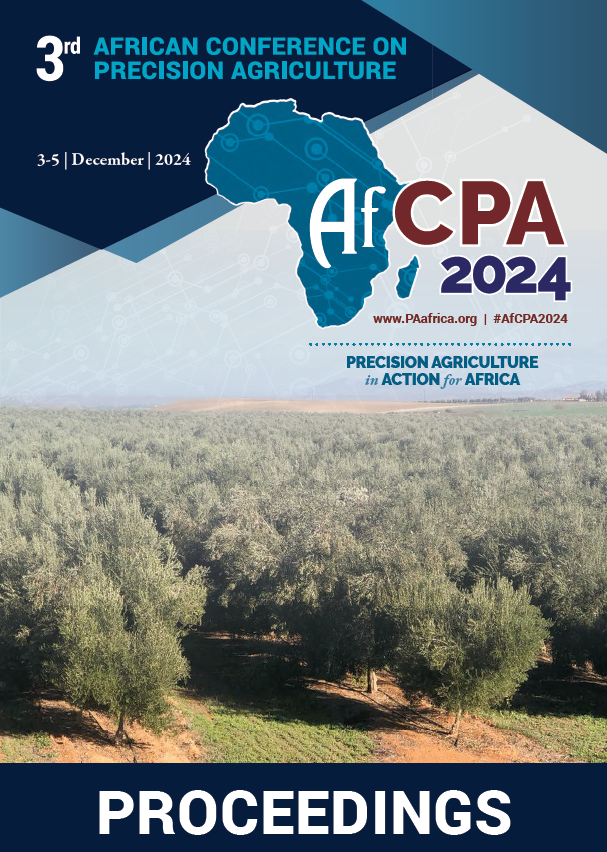Download the Conference Proceedings
Proceedings
Authors
| Filter results3 paper(s) found. |
|---|
1. Assessment of Performance of APSIM Model with Experimental Data from the Short-term Biochar Experiment at Guinea Savanna Zone (Nyankpala), GhanaA three-year season, short-term study (2017–2019) was conducted at farming for the future UDS-Nyankpala, near Tamale in the Guinea Savannah Zone of Ghana. It was done to assess the effect of five different sources of biochar applications on rice-cowpea intercrop system on soil nutrient status and upland rice productivity. The experimental treatments comprised a control, 5 t/ha rates of high and low pyrolysis (400-7000C) of biochar. Five different sources of biochar (groundnut... |
2. Integrating Models and Data to Observe the Effect of Biochar Used in a Rice-Cowpea Intercrop System on Soil Hydrological PropertiesPhysical properties of biochar like small particle size are highly porous and can modify soil properties and help to enhance soil water dynamics. However, there has been no consistent long-term measurements of change in soil physical properties due to biochar application under real field conditions. The objective was to assess the impact of biochar use in a rice-cowpea intercrop system on soil hydraulic properties at the field by integrating a modeling with soil water content measurements in two... |
3. Simulate Plant Growth Response to Biochar applications on upland rice-cowpea intercrop and Inorganic N and P on a Ferric luvisols Soil in GhanaFive different sources of biochar (groundnut shells, rice husk, poultry manure, sawdust, and corn cobs) at a rate of 5t/ha were incorporated into the soil at a depth of 30 cm during field experiments in Nyankpala in Ghana. A split plot factorial design arranged in a randomized complete block with 4 replications was used. The uniqueness of the studies was that cowpea and inorganic fertilizer treatments were added to aid upland rice-cowpea N and P content of the biochar. These studies provide a... |
